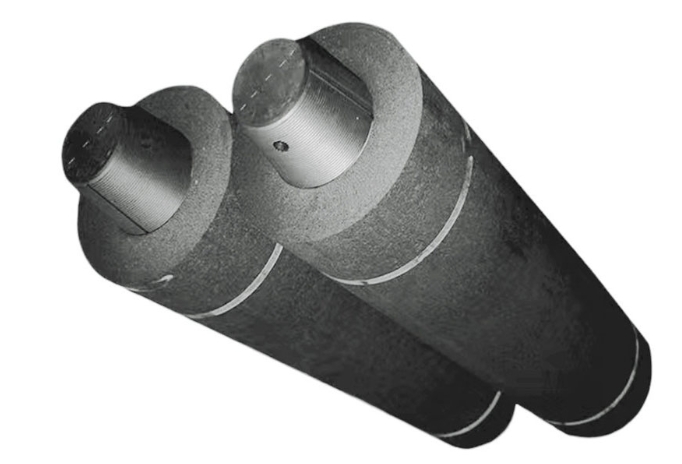
Graphite Electrode's characteristics include outstanding conductivity, extreme heat resistance and chemical stability. The combination of these properties makes them perfect for industrial applications such as non-ferrous alloy refining and electric arc steel production. These are essential for electrometallurgy processes and cathode shielding.
The primary component of a graphite electrode is carbon. This material is produced from a range of sources, including acetylene, petrochemicals, and coal. These materials combine in a mold and are then subjected under extreme heat to produce graphite. This process, known as carbonization improves the performance of electrodes by improving their electrical conductivity and resistance against oxidation.
In addition to carbon, electrodes can be constructed from a variety of other conductive materials, such as noble metals and copper. But graphite still remains the most popular material because of its superior performance. A graphite electrode's ability to withstand high temperatures and remain inert in the presence corrosive chemicals is also a benefit.

The manufacturing process should be consistent and precise to achieve the best possible results. The electrodes are free of impurities and defects that can cause poor performance, increased energy usage, and oxidation. This quality control ensures electrodes will meet industry standard and perform reliably in operation.
Graphite electrodes can be made with natural or synthesized graphite. Synthetic graphite might be less costly than natural but the mining, production and transportation processes are more environmentally harmful. Mining operations require explosives, which can release fine dust into the air. This fine dust may cause graphite pulmonary pneumoconiosis. Symptoms include dyspnea. black sputum. bronchitis. and ventricular swelling. It can also contaminate nearby soil.
A typical graphite electrode has two layers of carbon separated by a binding agent. The binder must meet the needs of the application. Petrol pitch, used as a binder in lower-end electrodes, works well for the majority of applications. However, needle coke is more refined and provides improved machinability.
The best graphite electrodes are made using high-quality materials, such as carbon. They are then bound with a binding substance to create the finished product. It is crucial to note that the binder has an impact on the performance and quality of the electrode. The binder and carbon quality will determine the performance of the electrode in an application and can even impact its safety profile.

Write a Message